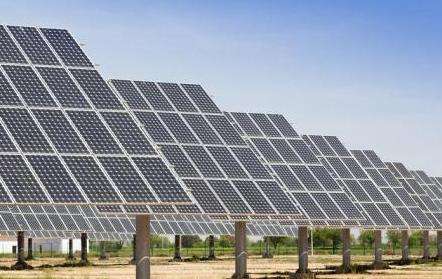In general, there is no problem, because the fan dries up the water while the generator is running, and the associated components have been designed with waterproofing in mind, but we should try to avoid them, because they will cause long term damage. Metal is prone to oxidation and rust in humid environments. Are you right?
What are the methods of cooling generators?
? The water tank of the diesel generator set is an important component of the water-cooled engine. As an important component of the heat dissipation circuit of water-cooled engine, it can absorb heat from the cylinder and. prevent the diesel engine from overheating. However, during use, users should pay attention that the water tank of the generator set cannot be without cooling water or add cooling water after starting.
If cooling water is added afterWhen starting the diesel generator set, important components such as hot cylinder liner and cylinder head will explode or deform due to sudden combustion and cold. Similarly, if boiling water at 100°C is suddenly added to a cold body, the cylinder head will crack and the body will break.
Yatong reminds everyone that the correct operation method of the diesel generator water tank is: before starting the diesel generator, cooling water should be added first and hot water of about 60℃ should be added to the diesel engine. preheat it before starting.
1. Closed-loop air cooling
For turbogenerators less than 50,000 kilowatts, a closed-loop air cooling system is often used and the engine fan is used. blow the heating components to cool them.
2. Hydrogen coolingp>
For generators with a capacity of 50,000 to 600,000 kilowatts, hydrogen cooling is widely used. The heat dissipation performance of hydrogen (purity 99%) is better than that of air, and the heat dissipation effect is good. It can significantly reduce the ventilation friction loss of the engine, thereby greatly improving the efficiency of the generator. Explosion-proof and leak-proof measures must be taken when using hydrogen cooling, which makes the engine structure more complex and increases the consumption and cost of electrode materials.
3. Liquid Cooling
The relative cooling capacity of water is 50 times that of air. To remove the same heat, the flow rate of water required is much lower than that of air. air. Therefore, the use of hollow wires in the coil and the passage of water through the wires for theCooling can significantly reduce the temperature rise of the motor, delay the aging of insulation and extend the service life of the motor.
Detailed information
Strictly treated hydrogen for cooling can ensure that the inside of the generator is clean, the ventilation and cooling effect heat dissipation is stable, and there will be no problems caused by dirt.
Hydrogen contains very little oxygen, less than 2%, and does not support combustion. Even if a short circuit fault occurs inside the generator, there is no risk of fire, which can greatly reduce the degree of combustion. Damage caused by fault. In hydrogen there is less noise and the insulating materials are less susceptible to oxidation and corona damage.
The hydrogen in the generator must maintain the specified purity to ensure function performancegenerator and avoid explosions. For this purpose, a hydrogen supply device must be installed.
Reference documents:
Baidu Encyclopedia - Generator













